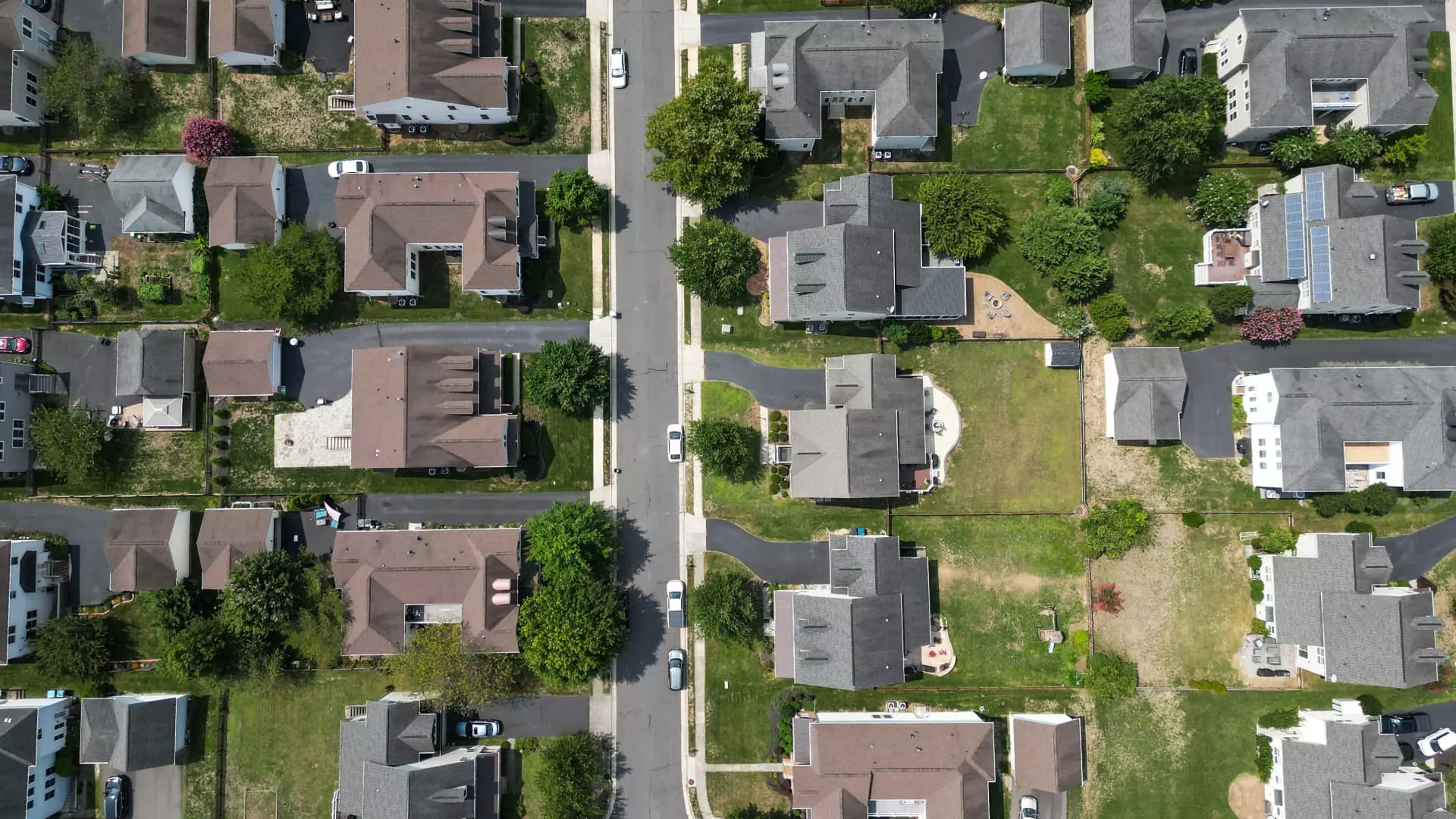The beginning of the year has revealed a surprising resurgence in mortgage demand, despite the backdrop of elevated interest rates that typically dampen borrowing enthusiasm. Recent data from the Mortgage Bankers Association indicates that the total volume of mortgage applications rose by 7% compared to the same week last year, signaling a potential shift in market dynamics. This uptick is notable, especially considering that prevailing interest rates have been consistently high.
As of last week, the average contract interest rate for a 30-year fixed mortgage climbed to 7.09%, a clear increase from the previous week’s 6.99%. Although this may seem unsettling, it is essential to understand the nuances of these numbers. When comparing year-over-year, we find that this rate is actually 34 basis points lower than it was at the same time last year. This suggests that, while the immediate trend points to higher borrowing costs, long-term perspectives may paint a different picture. The decreasing points from 0.68 to 0.65 for loans backed by a 20% down payment also indicate slight relief for borrowers, even as the interest rates themselves rise.
The persistent increase in mortgage rates can largely be attributed to rising bond yields, both domestically and internationally. These yields are climbing due to overarching economic concerns regarding stubborn inflation and significant national budget deficits. Joel Kan, MBA’s vice president and deputy chief economist, highlighted that this marks the fifth consecutive week of rising mortgage rates, bringing the 30-year fixed rate to its highest level since mid-2024. These economic pressures suggest that borrowers may need to brace themselves for continued fluctuations in mortgage costs.
Interestingly, there has been a marked increase in applications to refinance existing loans, jumping 22% compared to the same week last year. This can seem counterintuitive in an environment characterized by high interest rates. However, the current volumes are so low overall that even a minor increase translates into a considerable percentage rise. This trend indicates that homeowners may be looking to capitalize on any available refinance options while the market dynamics remain in flux.
On the other side of the spectrum, mortgage applications for home purchases fell by 2% compared to last year. Despite an increase in available inventory, home prices have remained prohibitively high. The surge in inventory can largely be attributed to homes languishing on the market for extended periods rather than a wave of new listings. This lag creates a challenging scenario for potential buyers, further complicated by the ongoing volatility of application volumes around holidays.
As the calendar progresses, it’s crucial to recognize that these brief shifts in mortgage application data may not reflect a stable trajectory for the market. Kan’s remarks about the influence of seasonal trends emphasize the importance of assessing overall levels rather than getting sidetracked by percentage changes. With key economic indicators, such as the Consumer Price Index, on the horizon, the mortgage market is poised for potential shifts. Borrowers, lenders, and economists alike will be watching intently to see how these factors play out in the coming weeks.

